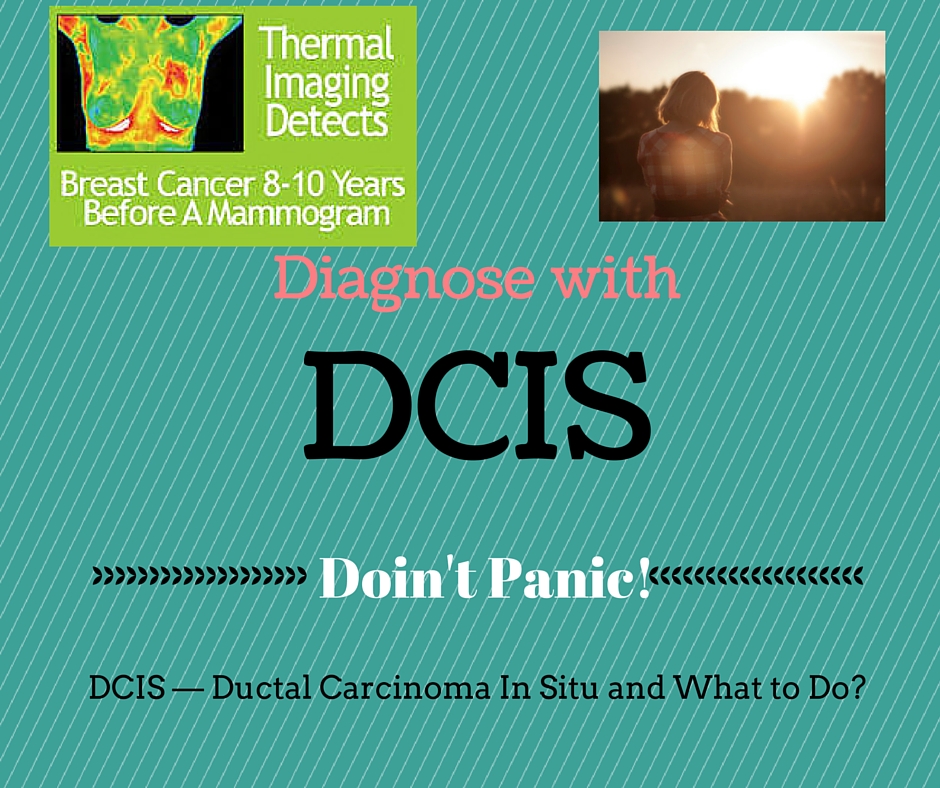DCIS — Ductal Carcinoma In Situ and What to Do?

Well, they did it again. After years of scaring the daylight out of women—basically making women fear their own breast, the medical community changed another directive, this time about Ductal Carcinoma In Situ, DCIS. In the news for the last couple of days is this heading for example: Doubt Is Raised Over Value of Surgery […]